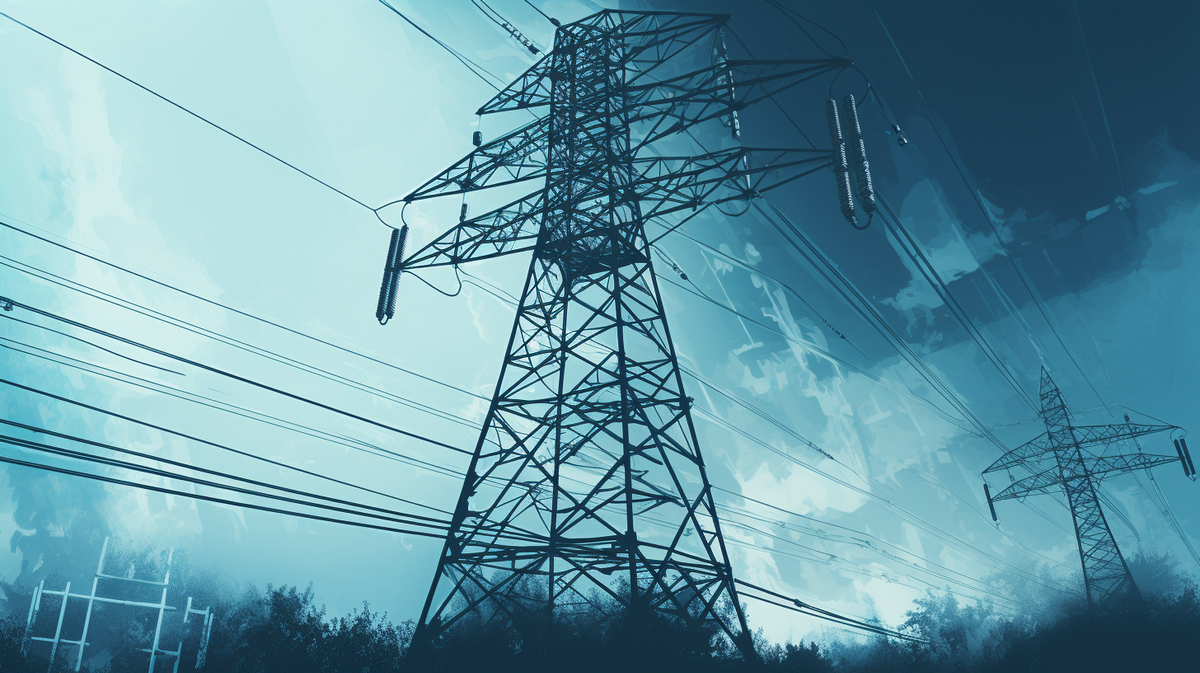The Critical Evolution of the Grid in Our Net Zero Journey

The journey to a sustainable future has been charted, and at its heart lies an overlooked yet crucial element: the power grid. Historically, grids have been the workhorse of our energy systems, consistently delivering power to households, businesses, and industries for over a century. But as we march towards a net zero future, the role of the grid is evolving, and its importance is increasing manifold.
The Role of Grids in Clean Energy Transitions
The International Energy Agency (IEA) in its 2023 report Electricity Grids and Secure Energy Transitions aptly summarizes the essence of grids in the context of the ongoing clean energy transitions. As per the report, while grids have been the backbone of electricity systems worldwide, their significance is set to soar as clean energy transitions progress. However, despite their critical role, they haven't received the attention they deserve.
Electricity, once a mere utility, is now at the forefront of our transition to a sustainable energy future. With clean energy transitions driving the transformation of energy systems, the role of electricity is expanding across economies. As countries aim for net zero emissions, the grids must become bigger, stronger, and smarter to underpin these ambitious goals.
The Challenge of Growing Electricity Demand
The task at hand is monumental. To meet national energy and climate objectives, global electricity consumption needs to grow 20% faster in the coming decade compared to the previous one. And in a pathway that targets net zero emissions by 2050 – aligning with the goal to limit global temperature rise to 1.5°C – the demand for electricity is poised to grow even more aggressively. Achieving these targets is synonymous with increasing the deployment of electric vehicles, expanding the use of electric heating and cooling systems, and scaling up hydrogen production through electrolysis. In this landscape, expanded grids are the lifelines enabling such heightened levels of growth.
Reinventing the Grid for the Future
The magnitude of grid expansion needed is staggering. Over 80 million kilometres of grids – equivalent to the entire existing global grid – must be added or refurbished by 2040 to achieve national goals. Grids aren't just about transmitting electricity; they play a pivotal role in the decarbonisation of electricity supply and effective integration of renewables.
There's a discernible shift in the global power capacity landscape. While wind and solar PV contributed to less than 40% of the total increase in the past two decades, they're projected to account for over 80% in the next two, provided countries meet their national energy and climate goals. In IEA’s ambitious Net Zero Emissions by 2050 Scenario, this figure touches almost 90%. Such a drastic acceleration in renewable energy deployment necessitates the modernisation of distribution grids. Furthermore, there's a pressing need to establish new transmission corridors. These will connect renewable resources, like solar PV projects nestled in deserts and offshore wind turbines floating at sea, to bustling demand centres like cities and industrial areas.
Reaching net zero is not just about adopting cleaner energy sources; it's about restructuring the very infrastructure that delivers this energy. As Exaum believes and as echoed by the IEA, a modern, expansive, and smart grid is the foundation of our sustainable future. It's time to turn our attention to these networks of transmission, to invest, innovate, and ensure that they are primed to support the green revolution.
Link to the IEA report can be found here: https://www.iea.org/reports/electricity-grids-and-secure-energy-transitions
